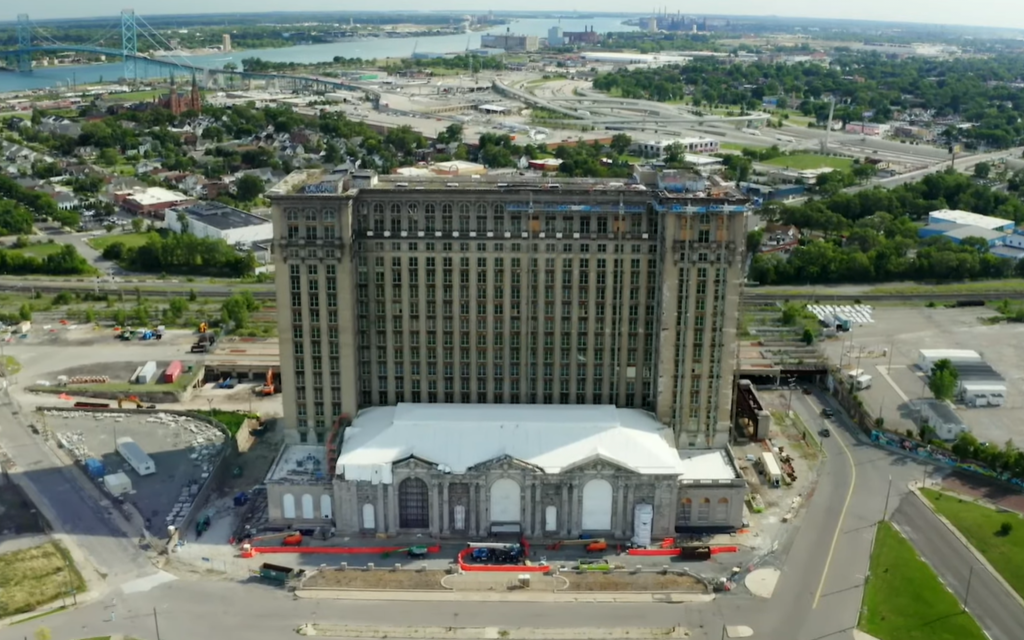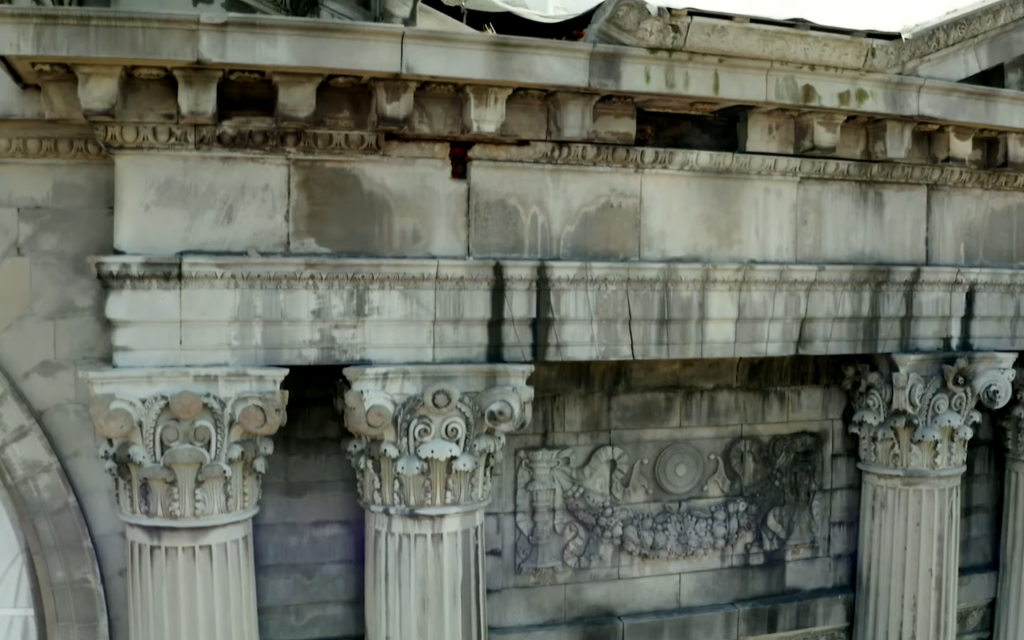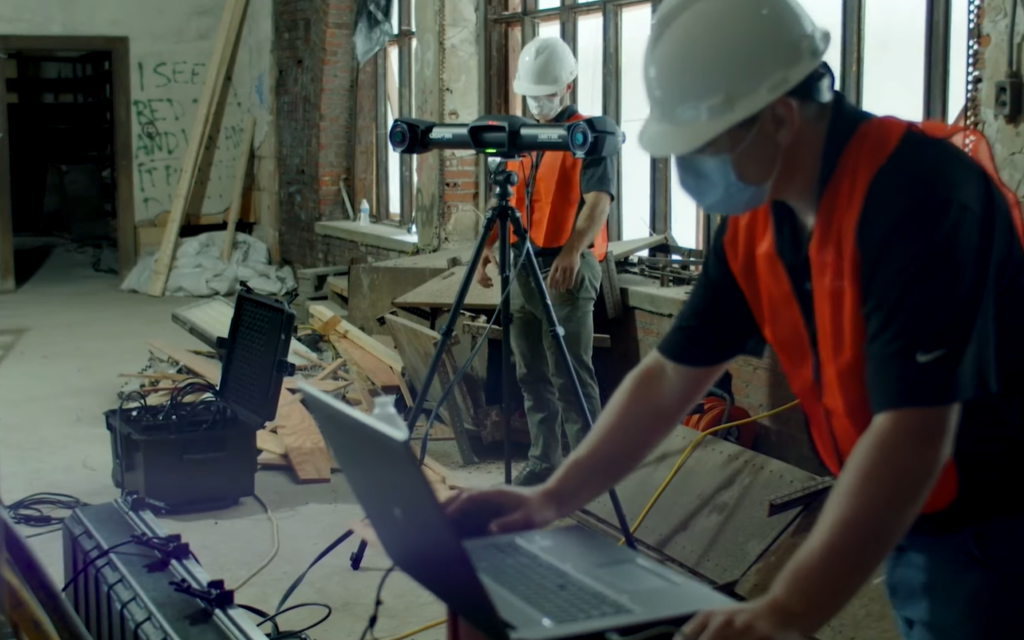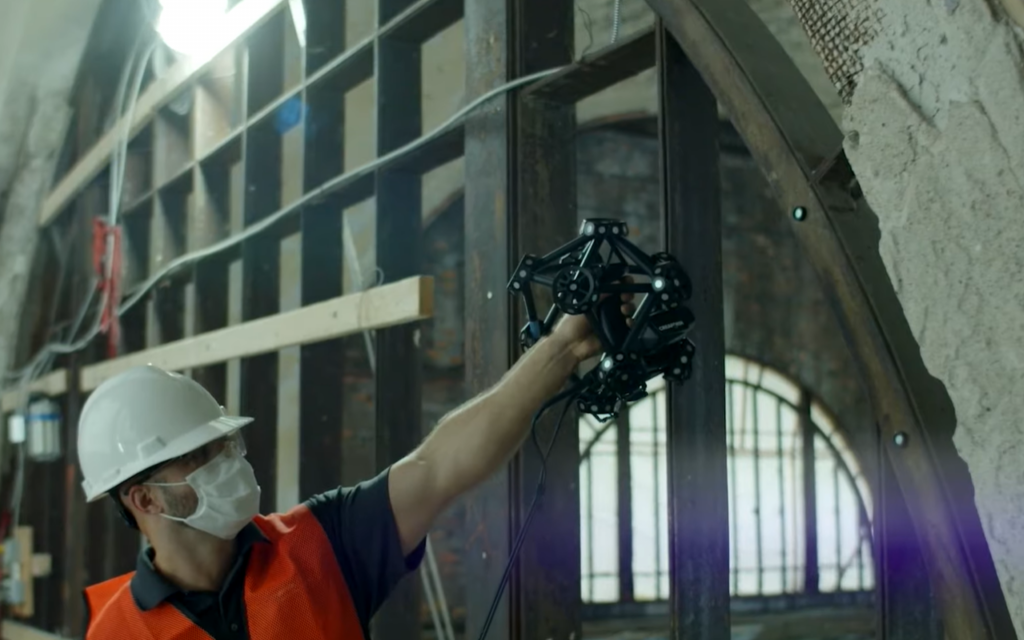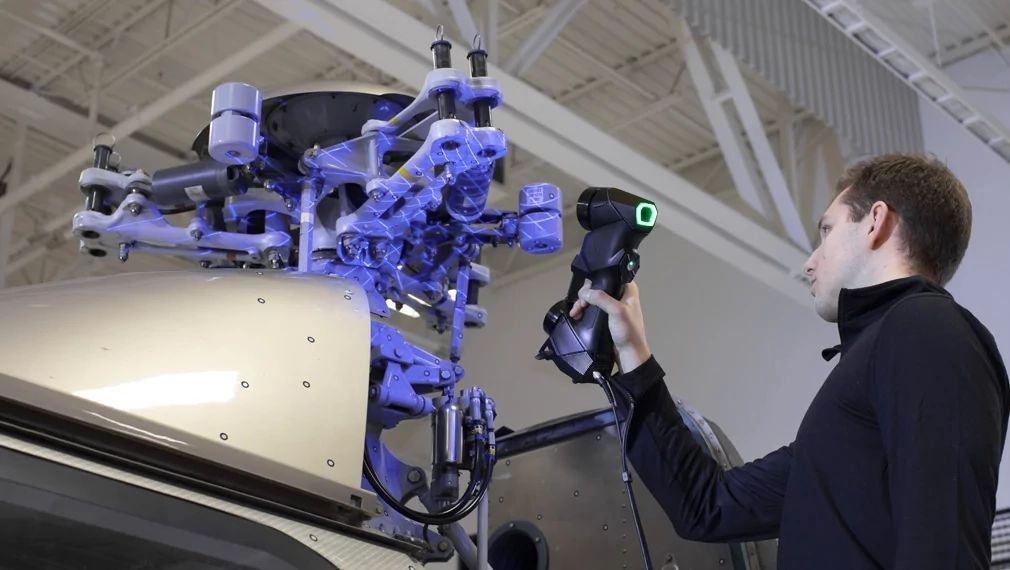November 11, 2024
Mining engineering firm opens new service segment thanks to 3D scanners See the articleThe history of the iconic Michigan Central Station reminds us of the story of Detroit. The rail station, first opened in 1913, once symbolized the city’s effervescence with its grand lobby’s never-ending symphony of train arrivals and departures. Starting in the 60s, however, its activities began to decline and the station closed permanently in the late 80s.
Long abandoned and at the mercy of vandals, the historic building became a famous example of urban ruin, featuring in several films, including Transformers, Batman v Superman, and Eminem’s biographical movie, 8 Mile. In many ways, Michigan Central Station’s deterioration was reminiscent of Detroit’s abrupt economic decline – until the day the Ford Motor Company decided to breathe new life into the building.
Making a Difference in the Community
In 2018, Ford acquired the century-old building, aspiring to restore it to its former glory. The upgrade also involves plans to use the site as a new mobility innovation district and as a hub for the development of Ford’s autonomous vehicles.
Nevertheless, time has taken its toll on the building, with many architectural elements now unrecognizable or even completely missing. Complicating things further, the building is so old that its original architectural plans cannot be found.
Challenges Awaiting the Restoration Team
To solve problems along the way and successfully complete this unique restoration project, there were two essential tasks: finding the right partner and using the right technology. Thanks to valuable help from Computer Aided Technology (CATI) and their world-renowned 3D scanning solutions, Ford has been able to move the project along and get through the preliminary restoration phases.
It All Starts with the Right Partner
For help in restoring the ceiling and window components, Ford turned to CATI, whose expertise, problem-solving skills, and continuous support made it possible to overcome challenges as they arose. Thanks to their team’s experience and knowledge, they were able to consider various approaches to resolving issues; CATI’s engineering and manufacturing experts could then choose the right solutions and implement them effectively.
The team being responsive to requests and flexible in how they work resulted in quicker turnaround times in terms of quality control and reverse engineering, which Ford really appreciated. This strategic relationship with CATI and its selection of market-proven technology contributed to Ford’s success in this titanic project.
New Technology Required to Rebuild the Old Train Station
The architects who designed the Beaux-Arts style station had also worked on Grand Central Terminal in New York City. Therefore, in its glory days, the building was rich in architectural elements that are now damaged or partially missing. To ensure historical accuracy in recreating some of its original architectural pieces, the restoration team needed to be able to replicate the right level of detail.
Creaform 3D scanners help turn intricate designs into usable 3D data. With the MetraSCAN 3D and its 15 cross sections, the restoration experts could measure the finest details, digitize the damaged parts of the building, and upload them into software where they could digitally repair them. The digitalized files were thus used to recreate the missing physical pieces in their original forms.
Heritage Preservation Is Where Old Objects Meet New Technology
Preserving cultural heritage is a delicate task that generally involves reverse engineering – the process of reconstructing a physical object as a 3D model to recover its design intent. Since the computer-aided design (CAD) models or the plans are often difficult to find or no longer available, archivists and heritage managers must use modern technologies to recover 3D data and recreate 3D models.
High-resolution, versatile, easy-to-use, and quick 3D scanning tools and software, such as the MetraSCAN 3D and VXModel, are the preferred solutions for efficiently scanning decorative elements of an architectural design and digitally creating 3D models with maximum quality and realism in order to restore them.
A Historical Symbol Brought Back to Life
Ford wished to make a difference in its community by creating jobs and restoring the former glory of a symbol of innovation from the past. The motor company did so by partnering with CATI experts who employed Creaform 3D scanning solutions. This new generation of technologies was used to recreate architectural details lost to exposure and vandalism.
Modern technology has helped to restore a once-iconic train station that had become a famous urban ruin, transforming it into a new innovation hub where future technologies will be developed and deployed. Creaform is proud to have contributed, through its valuable partner CATI, to this restoration effort and the realization of Ford’s visionary ideas.

